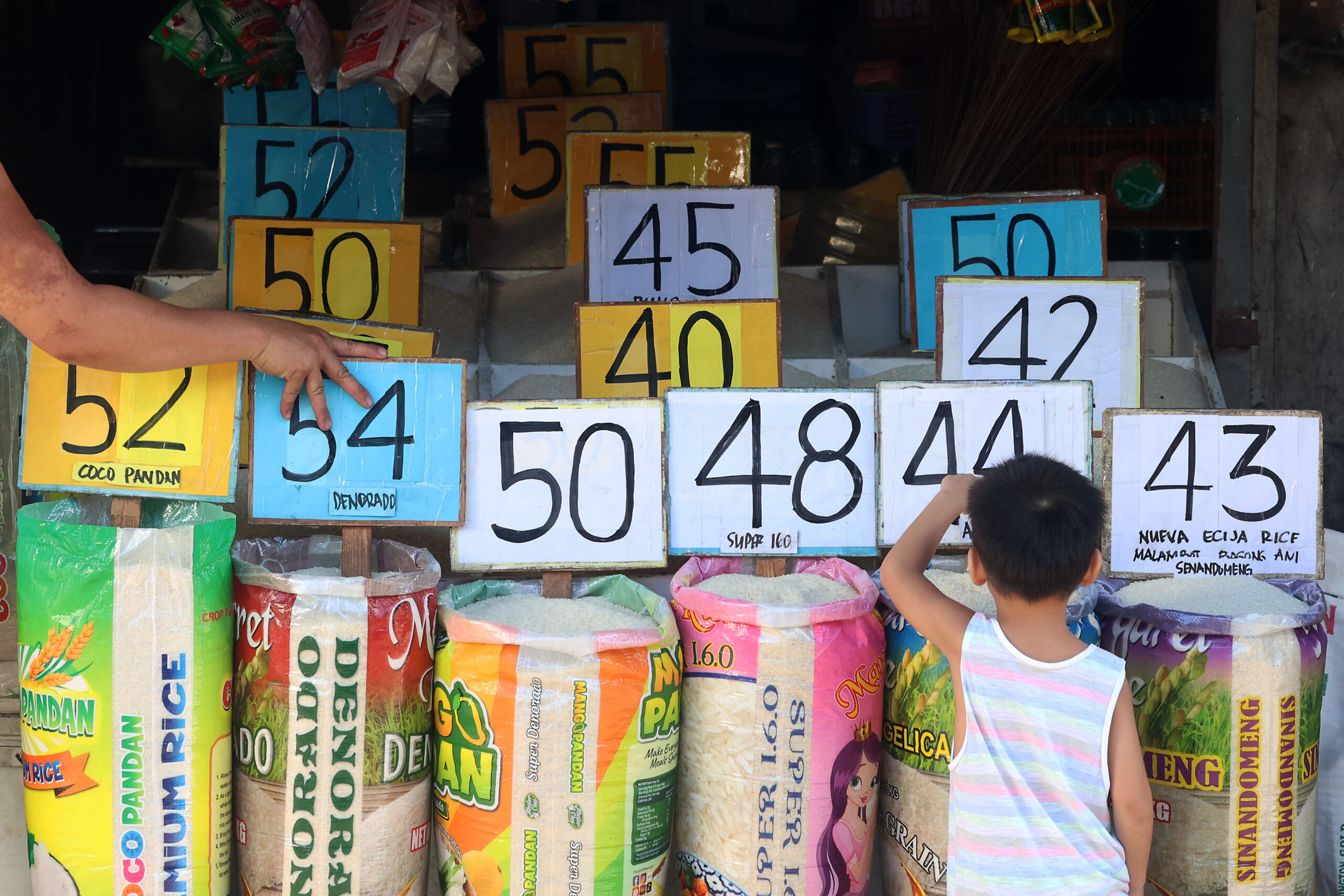
Upgrade to High-Speed Internet for only ₱1499/month!
Enjoy up to 100 Mbps fiber broadband, perfect for browsing, streaming, and gaming.
Visit Suniway.ph to learn
 BW FILE PHOTO
BW FILE PHOTOTHE Luzon grid may experience yellow alerts in May and red alerts in June, with power supply margins tightening in the event of forced outages at baseload power plants, according to the Institute for Climate and Sustainable Cities (ICSC).
The ICSC said in a power outlook report that while power reserves are normal this month, supply margins on the Luzon and Visayas grids are expected to thin by June.
In its projections, the ICSC assessed the operating margins in the three main island grids based on the 2025 weekly demand, supply, and operating margin profile issued by the National Grid Corp. of the Philippines and the Department of Energy (DoE) in December.
The Luzon grid is projected to export power to the Visayas grid between March 31 and June 1, the group said. However, exports may be restricted starting early June to maintain adequate operating reserves in Luzon, when reduced generation from coal-fired plants is expected.
“This scenario is particularly relevant in June, when reduced coal generation of around 842 MW (megawatts) is unavailable could lead to potential red alerts,” said ICSC.
Because of the projected restriction in exports during the period, the Visayas grid could possibly experience yellow alerts in June due to inadequate power supply.
Among the key factors cited to maintain sufficient reserves is ensuring that committed energy projects go online as planned and to prevent unplanned outages of existing plants.
Meanwhile, the ICSC said that Mindanao can maintain sufficient reserve levels between April and June even while exporting power to Visayas.
On March 5, the first yellow alert this year was declared over the Luzon grid amid higher than expected demand combined with power plants going on forced outage.
Citing its previous analyses, ICSC said that even without the increase in demand, planned and unplanned outages of large power plants play a significant part in grid instability.
“Although elevated electricity demand during summer contributes to power supply issues experienced in these months, forced outages of baseload power plants have constantly exacerbated the situation,” said Jephraim Manansala, the ICSC’s chief data scientist and co-author of the report.
The ICSC said that the DoE should review power demand and supply outlooks “to ensure preparedness for the anticipated surge in demand.”
“Addressing these challenges is critical to ensuring a stable and resilient power system capable of supporting sustainable economic growth and development,” the group said.
Asked to comment, Assistant Secretary Mario C. Marasigan said that the DoE does not discount the possibility of yellow and red alerts during the dry season.
“As such, the DoE is closely monitoring the overall situation, not only in terms of power supply but also the condition of our transmission and distribution facilities,” he said via Viber.
He said that the department “ensures mitigating and contingency measures are in place and ready to implement, once needed by the system.”
Such measures include the timely commissioning of committed power projects and availability of interconnection facilities, as well as the readiness of Interruptible Load Program participants, he said.
Last year, the Philippines’ main grids were placed under 16 red alerts and 62 yellow alerts.
A yellow alert is declared when available supply falls below a designated safety margin, while a red alert will trigger power outages as the authorities ration power. — Sheldeen Joy Talavera




